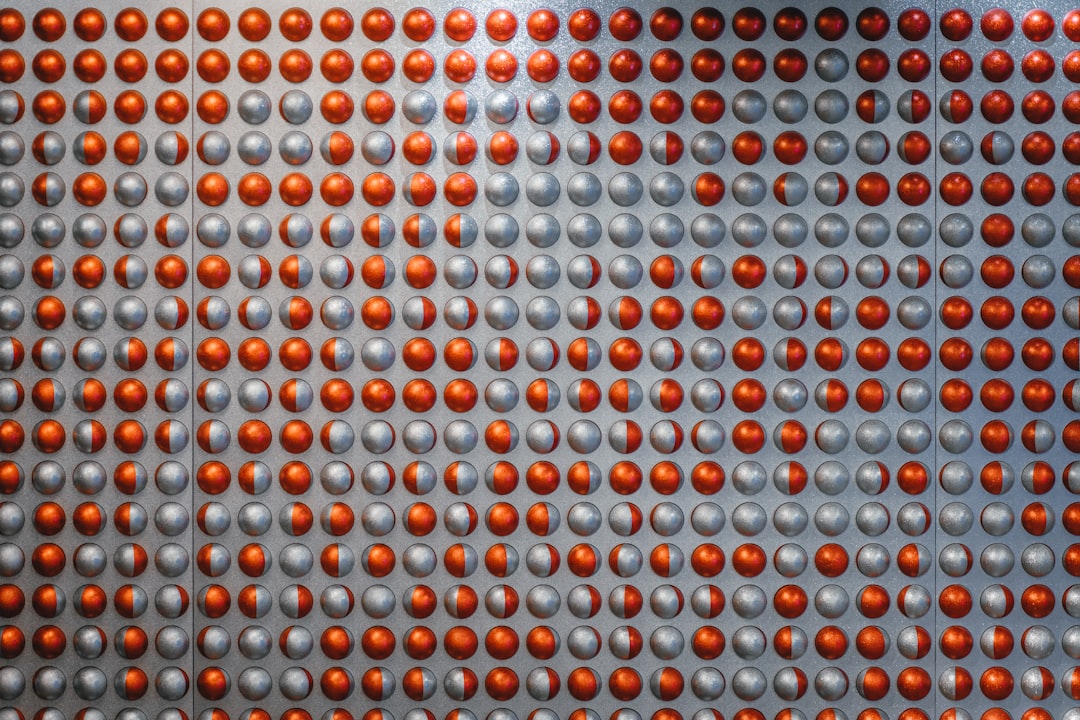What is it about?
This paper describes the assessment of the resistance to tracking of various polymers after (i) flashover voltage (FOV) and flashover gradient (FOG); and (ii) partial discharges (PDs) measurements in dry, clean and salt fogs on one insulator model using standardised electrodes; the aim being the development of optimised methods based on flashover and PDs to the conception of new generation of piercing connectors. The investigated materials belong to two distinct classes widely used in the electrical industry: thermoplastics (namely polyphenylene sulfide and high density polyethylene) and thermosetting cycloaliphatic epoxy resins namely one unfilled material (UnCEP) and another unfilled and hydrophobic resin (UnHCEP). FOV measurements are based on the electro-geometrical parameters of each specimen and the resistance to tracking, both may be assessed through the slope of FOV curves against the leakage distance as an indicator of surface damages.
Featured Image
Why is it important?
Regarding PDs, the suggested technique is devoted to clean and salt fogs and provides quicker and more accurate information about PDs effects on materials deteriorations rather than IEC60109 where the exposition time to discharges is much longer at lower voltage levels by using only liquid contaminants such as sulfuric or nitric acids or ammonium chloride as described in IEC60587 or ASTM D2303.
Perspectives
Further investigations should be conducted focusing on the measurement method, the placement of experimental testing and samples as well as data analysis and interpretation for successful condition monitoring.
Dr Adnane Douar
Ecole Centrale de Lyon
Read the Original
This page is a summary of: Assessment of the resistance to tracking of polymers in clean and salt fogs due to flashover arcs and partial discharges degrading conditions on one insulator model, IET Generation Transmission & Distribution, March 2016, the Institution of Engineering and Technology (the IET),
DOI: 10.1049/iet-gtd.2015.0751.
You can read the full text:
Contributors
The following have contributed to this page










